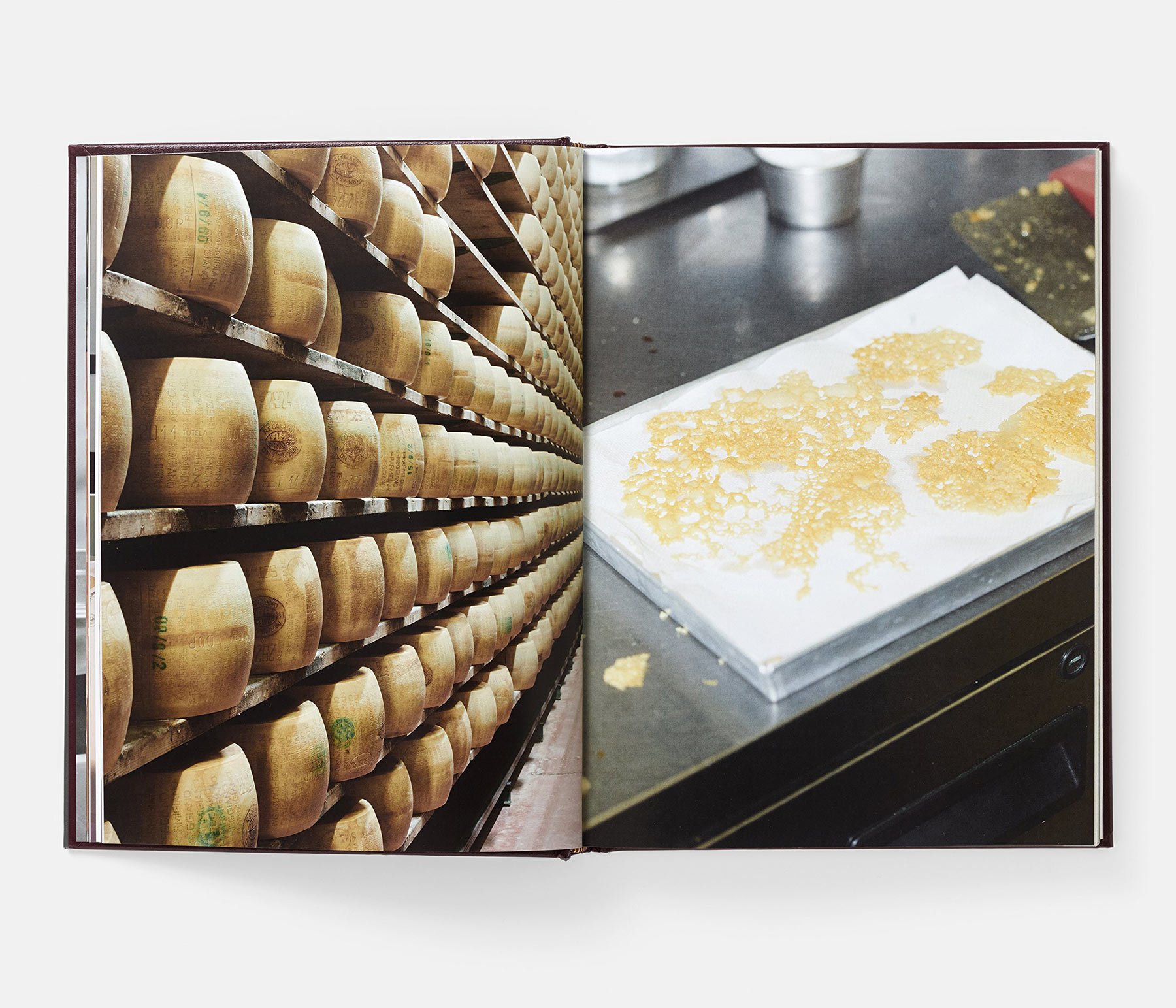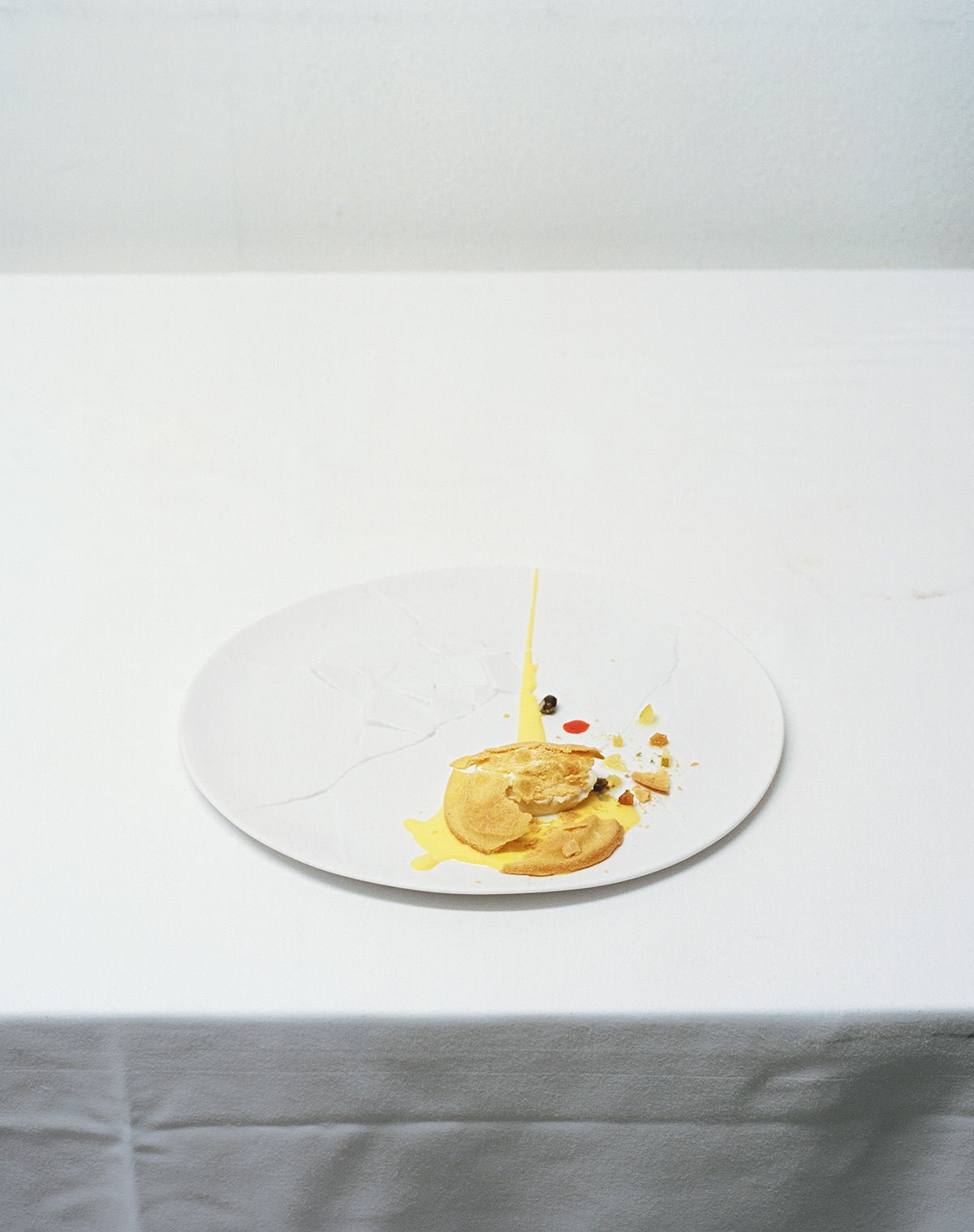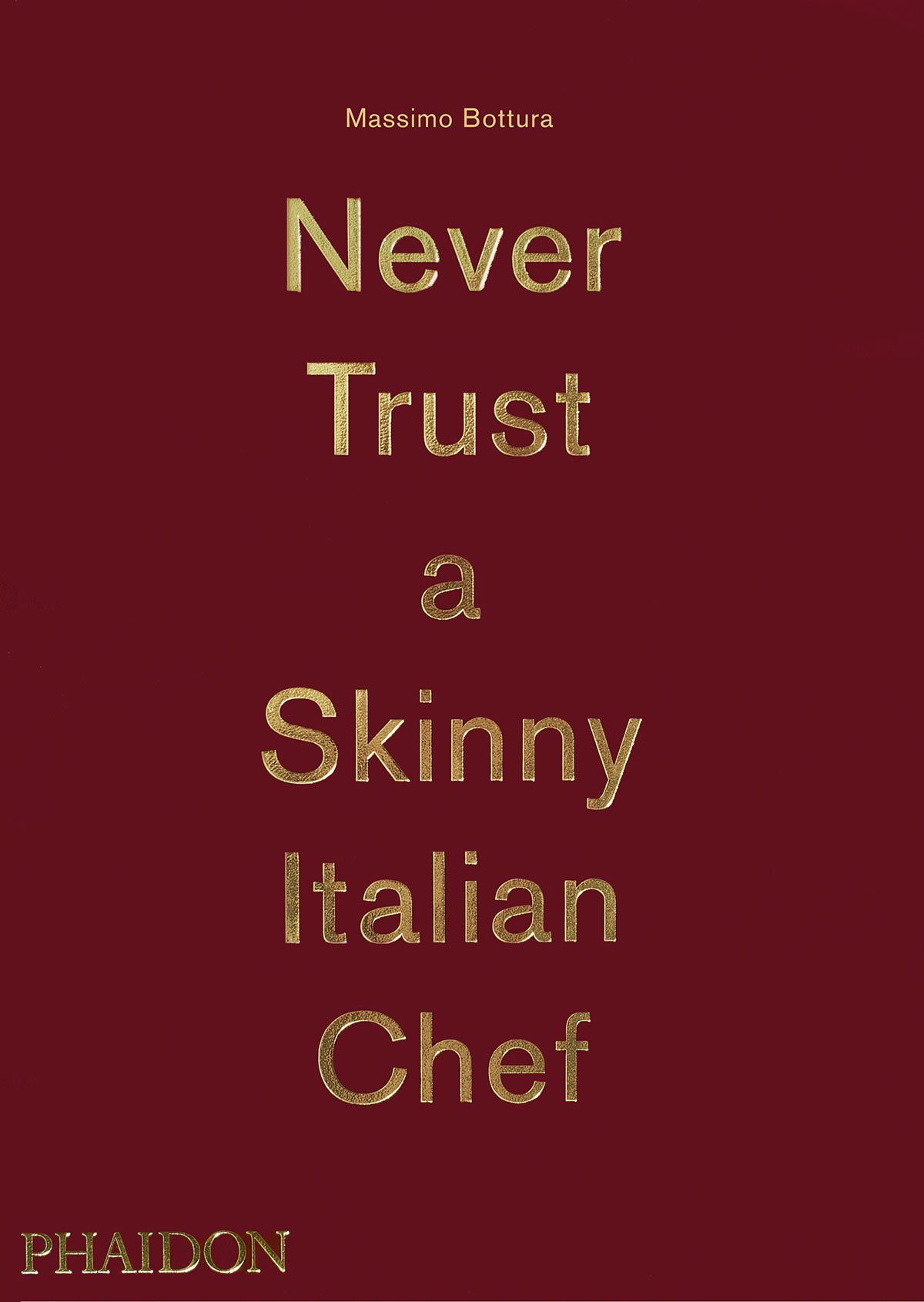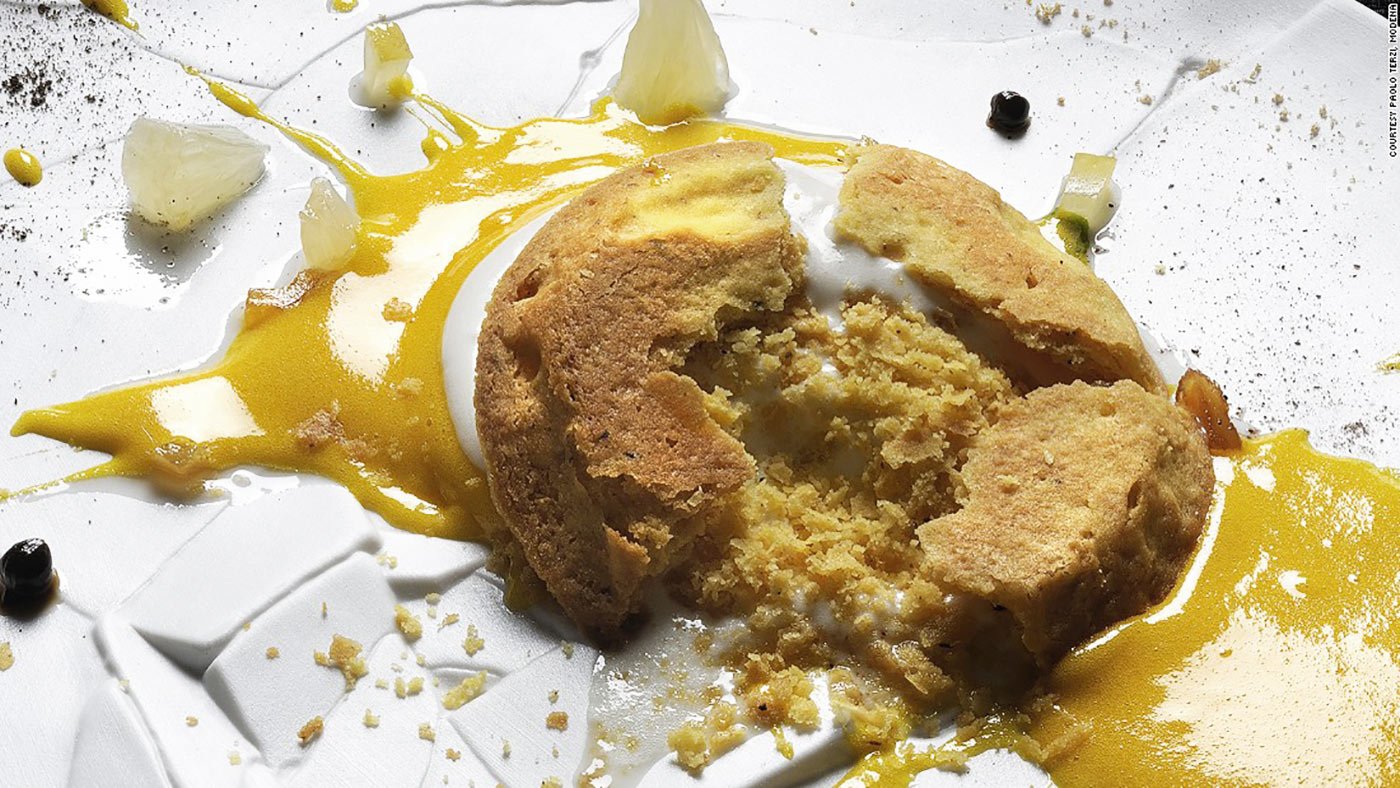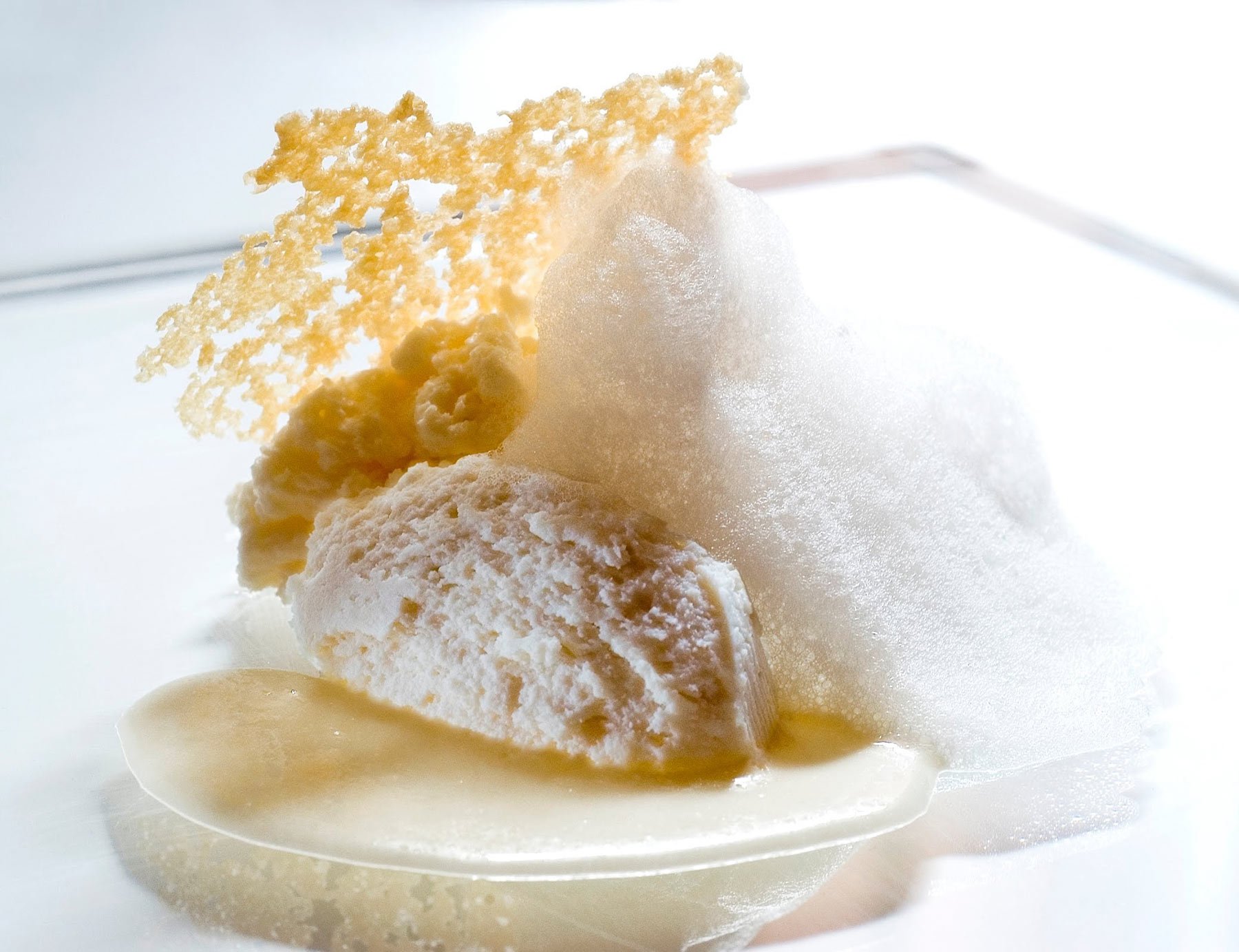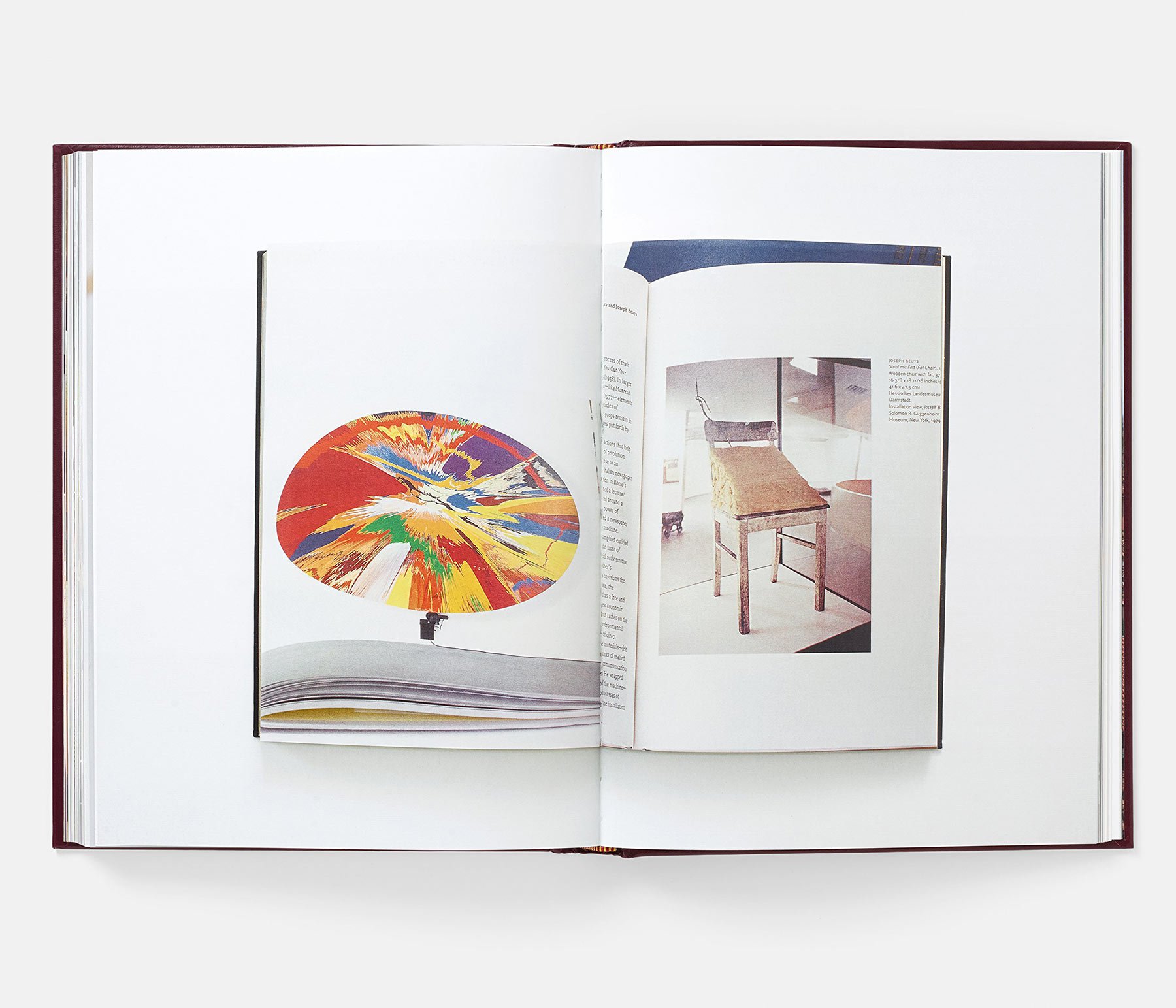Never Trust a Skinny Italian Chef is the first major cookbook by Massimo Bottura, chef at the Modenese restaurant Osteria Francescana. Drawn to the center of Modena, Bottura opened the acclaimed eatery twenty years ago in 1995. Since then, Osteria Francescana has risen to fame, earning three Michelin stars and a third-place ranking in the World’s 50 Best Restaurant Awards in 2014. In his international debut, published by Phaidon in 2014, Bottura tells the story of his kitchen “through its recipes,” giving readers a rare glimpse behind the curtain.
As Bottura explains, Never Trust a Skinny Italian Chef is at its core “an Italian cookbook, even though it may not look like one.” Bottura is proud of his culinary heritage, saying “My bones are made of Parmigiano Reggiano, and balsamic vinegar rushes through my veins. This is my story and my kitchen.” Yet, he does not let the old rules define him. He considers recipes to be “living” documents which need refreshing just as much as the human mind.
On Bottura’s table, innovative presentation obscures the Mediterranean foundation of each dish. Rendering the food anew by seeing “tradition from a distance,” Bottura sees that “the kitchen is a place for remembering, but also for erasing,” and works his magic in “Italian cuisine from a critical point of view, not a nostalgic one.” Grandma’s recipes are in the chef’s arsenal, but, in his best and most characteristic menus, they are honored not by mimicry but through advancing the conversation between past and present. The food at Osteria Francescana borrows from Transavantgarde, moving “through figurative art, not abstraction, to arrive at shockingly new contemporary images,” or, more specifically, through Italian ingredients to ground-breaking, global flavors.
Thus, in Bottura’s cookbook, instructions take a backseat to inspiration. Culinary vignettes fill the pages, arranged in thought-provoking chapters such as “Working-Class Heroes” and “Image and Likeness.” The actual recipes are logged only at the end of the book, and most require high-tech gadgets in order to be realized. For home cooks without Bottura’s skill and toys, the title is perhaps best read as a memoir rather than a how-to guide.
A personal title, Never Trust a Skinny Italian Chef gets much of its fuel from Bottura’s voice. Effectually introducing the maestro to his readers, the book opens with a back and forth between Bottura and the Italian artist Maurizio Cattelan. In this off-the-cuff interview, the two men alternately try to pin down what the book is about and to set the text free from categorization. The dialogue lets the audience know Bottura’s fast-paced humor and intellect right from the start. Moreover, the beginning establishes that, for Bottura, food is in a constant “dialogue with contemporary art,” music, and writing. He draws inspiration from various forms of expression, fusing the avant-garde with Emilian flavors.
Bottura began following contemporary art when he met Lara Gilmore, the woman who is now his wife. With Gilmore as his guide, Bottura learns from artists such as Joseph Beuys, Gino De Dominicis, Damien Hirst, Pablo Picasso, Andy Warhol, and Ai Weiwei, whose “Dropping a Han Dynasty Urn” inspired the dessert “Oops! I Dropped the Lemon Tart.” Bottura’s appetite for visual culture is evident in his own gastronomic creations, which play with color, texture, and line.
A Renaissance man, Bottura appreciates music and writing as well. He listens to musicians such as Lou Reed, Bob Dylan, Johnny Cash, and Thelonious Monk: rock, country, and jazz legends whose rebellious sounds are heard loud and clear in Bottura’s kitchen and directly alluded to in the recipes “Going Back” (to North Country Fair) and “Tribute to Monk,” a blackened cut of Alaskan cod over julienned vegetables and squid ink. In quieter moments, Bottura reads writers such as Jorge Luis Borges, Adolfo-Bioy Casares, Johann Wolfgang von Goethe, Gertrude Stein, and Paul Valéry. Their words open his mind to new possibilities in seeing and tasting the world and—there is no doubt—help him to write the smart prose found in Never Trust a Skinny Italian Chef.
On the page, Bottura does not just collect recipes; he shares culinary vignettes worthy of the dishes they describe. He reveals some of the thought behind his work, tracing the humorous design and international influences that go into 50 of his most fascinating creations.
Many of Bottura’s offerings show a sense of humor in how they play with cultural symbols and expectations. Subverting the line between high and low class food, his “Croccantino of Foie Gras” puts the darling of fine dining on a common popsicle stick. The move is controversial; the chef reports that many diners send it back rather than eat with their hands. Just as iconic and perhaps less divisive, Bottura’s “Cappuccino” and “A Compression of Pasta and Beans” are served in a mug and a shot glass, respectively. They resemble sweet espresso drinks, but turn out to be savory Italian soup and stew. They almost fool the senses while paying homage to Italy’s comfort food and coffee culture.
Bottura’s experiments are not all play. Often, they bridge cultures, crossing Italian traditions with imagery and flavors from countries such as the USA, China, Thailand, and Japan. His “Bolito, not Boiled” is shaped in the image of the southern skyline along New York’s Central Park, for instance. Likewise, “Cotechino 365 Days a Year” wraps wintry ingredients inside a sunny egg pasta shape that’s a hybrid of a raviolo and a dumpling from Hong Kong. Nodding to Modena’s famous tortellini and ravioli, “Tortellini Walking on Broth” reimagines the region’s staple pasta as a series of six pieces, all in a row like an order of shūmai. To achieve an al dente risotto, Bottura’s “Osso Buco” reaches across the globe, using Japanese Sakamai rice instead of Arborio. Similarly, his “Aubergine Parmigiana om Kai” forges a connection between two of Bottura’s favorite places to eat: southern Italy and Bangkok. Each fusion celebrates Italian food by making it work in a new way.
Alongside and between each recipe story, there are full-page photographs by Carlo Benevenuto and Stefano Graziani. Benevenuto captures the look of the food on the table, using a Hasselblad film camera to capture the beauty of each dish in stillness. Meanwhile, Graziani documents the movement of Bottura’s kitchen and surroundings. In the 310-page book, the pictures total 250, making Never Trust a Skinny Italian Chef a rich feast for eyes.
Printed in hardback, the Phaidon title is available online and in bookstores for approximately $60. Find it here on Amazon.



